Pendine Sands
Several land speed world records were shattered at this Welsh beach.
Hot Rods whiz along the hard, flat, seven-mile stretch of beach in Pendine, Wales. Their drivers, hell-bent on pushing their cars to the max, aren’t racing against any other cars. Instead, they’re trying to beat the clock and snag their claim as a world land speed record-breaker.
During the 1920s, this beach was used for six world land speed record attempts, several of which were successful. By the time the British Ministry of Defence took over the beach during World War II to use it as a firing range, most attempts at the world land speed record had moved to Daytona Beach and then on to Bonneville Salt Flats in the U.S. However, in recent years, the Welsh beach has seen a resurgence of its use as a site for pushing vehicles to their limits.
While the almost perfectly hard, flat beach had been used for car and motorcycle racing since 1900, the first world land speed record attempt that actually happened there was in 1924, by Malcolm Campbell. In Bluebird, his Sunbeam-powered car, he set a new record at 146.16 miles per hour. Between 1924 and 1927 the record was competed for four more times, twice more by Campbell and twice by Welshman J. G. Parry-Thomas (a one-time chief engineer at Leyland Motors) using his car Babs.
Campbell, in his later, Napier-powered Bluebird II, had raised the record to 174.22 miles per hour in February of 1927. In March of that year Parry-Thomas became the first person to be killed in a world land speed record attempt when he crashed, in Babs, on Pendine Sands at about 170 miles per hour.
The wreck of the car was buried near the beach but was re-excavated in 1969 and restored over a 16-year period by Owen Wyn Owen. The car is often on display at the Museum of Speed, which was built overlooking the beach and opened in 1996.
In 2000, Malcolm Campbell’s grandson, Don Wales, broke the British record for an electric car on the beach at a speed of 137 miles per hour. The beach was used in 2013 for the championships of the Vintage Hot Rod Association, in which pre-1949 hot rods competed.
Guy Martin, a renowned motorcycle racer, broke the British speed record for a bicycle by following in the slipstream of another vehicle in 2013. He clocked in at an impressive 112.9 miles her hour.
Know Before You Go
The entry to the museum (£2) is only charged for adults and only when Babs is actually present.
Park just behind the museum in the local authority owned parking lot (£1 for an hour).


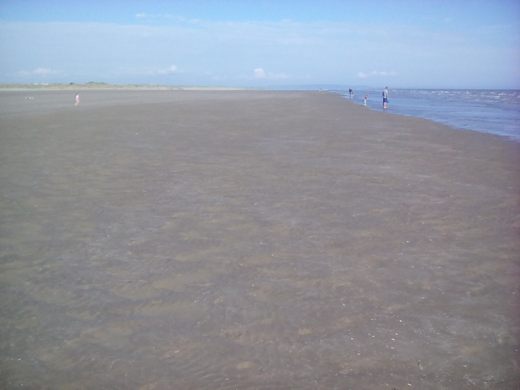
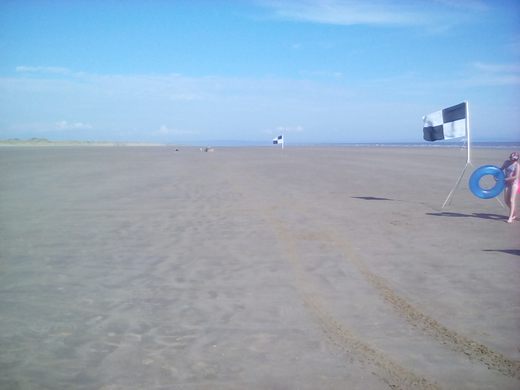



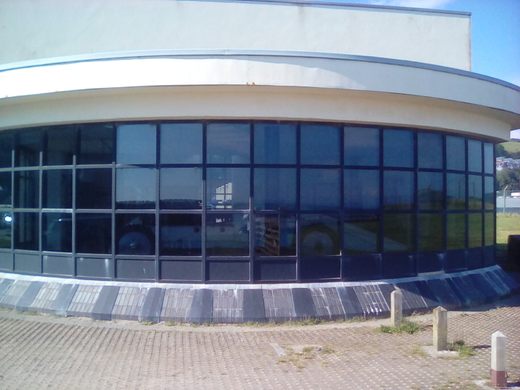
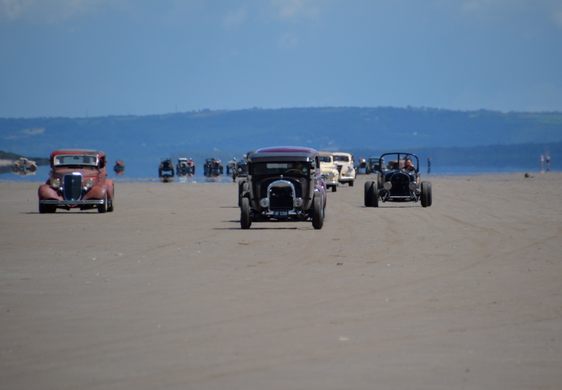

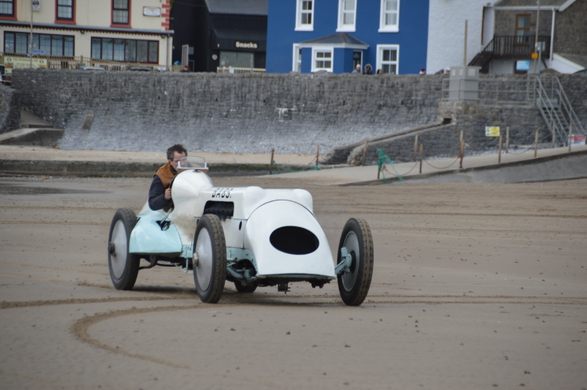









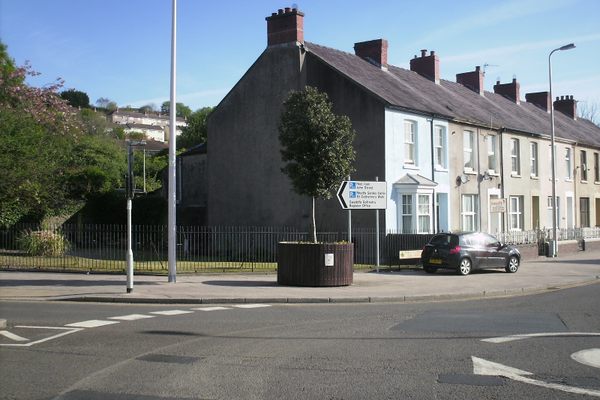

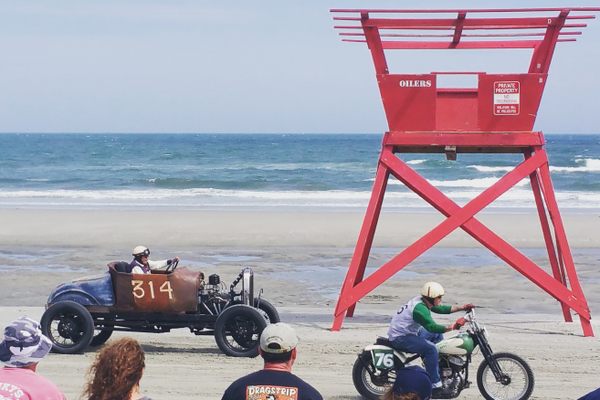


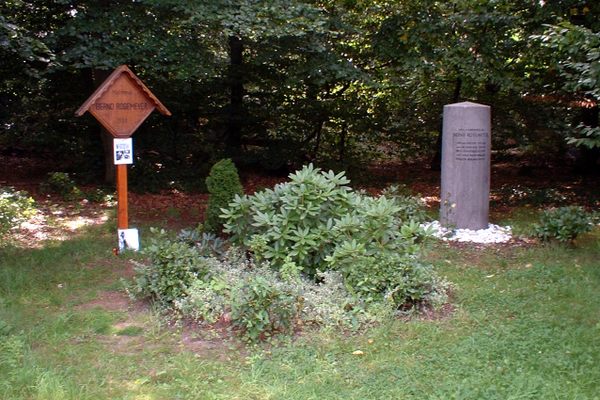

Follow us on Twitter to get the latest on the world's hidden wonders.
Like us on Facebook to get the latest on the world's hidden wonders.
Follow us on Twitter Like us on Facebook